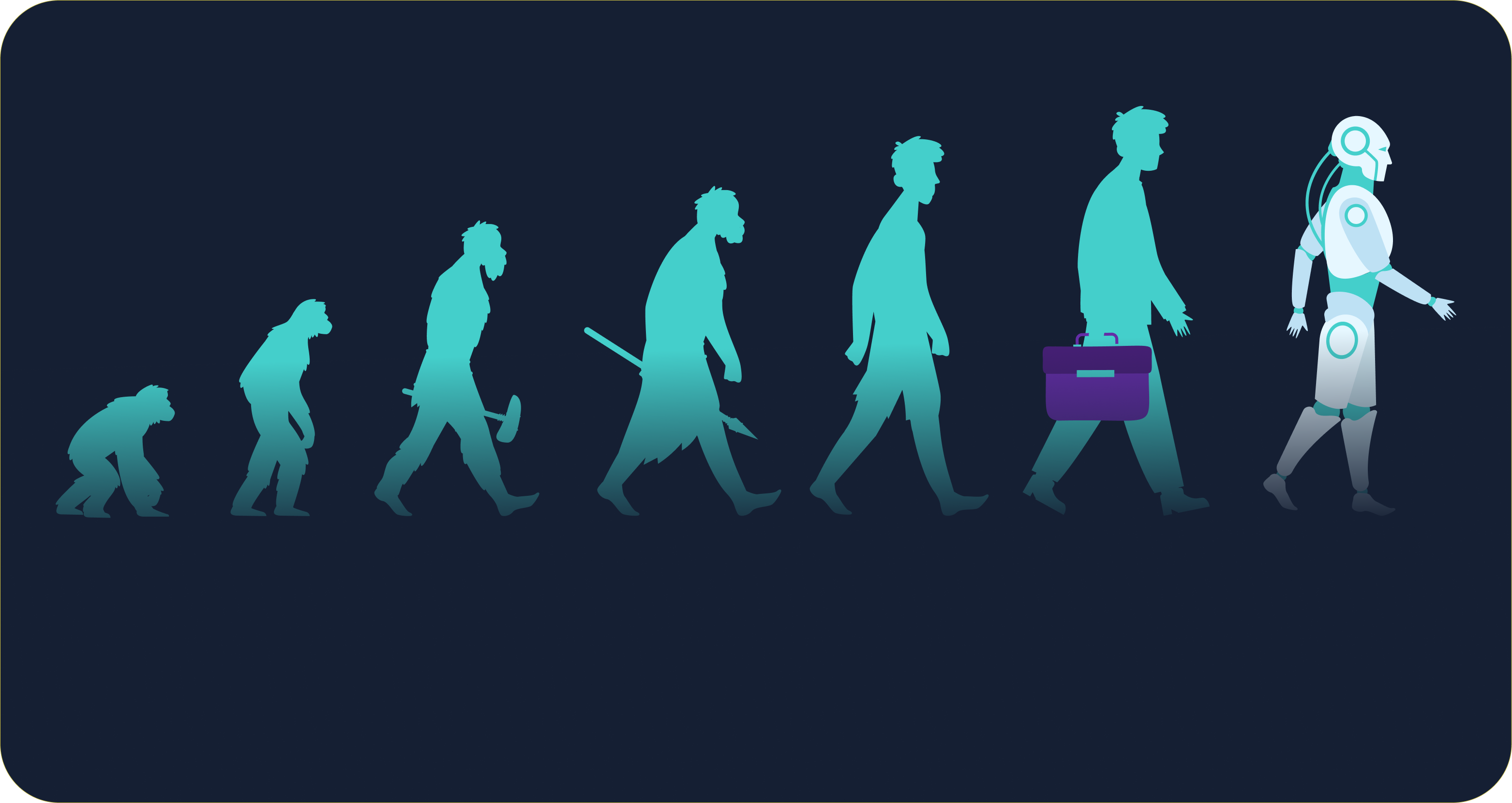What is AI-automated underwriting?
Smart, efficient, inclusive — oh my!
When it feels like artificial intelligence is out to get you (and your little dog, too!), the path forward in finding the right digital lending tools doesn’t look much like a yellow brick road.
Now, we at Zest AI make no claim to being the Wizard of Oz. In fact, if the technology vendors you’re speaking with are telling you to “pay no attention to ‘that man’ (i.e. how they get their data, if their tech meets compliance standards, if their AI is really more inclusive) behind the curtain,” then they have something to hide. After all, Toto pulls back the curtain to reveal that the Wizard is a fraud — all smoke and no real power.
But there are greater powers out there that can help you get to better lending, and all you have to do is click your heels together and say three times, “There’s nothing like better lending decisions.”
So maybe we weren’t being entirely serious about that last line — but keep reading to learn three ways that AI-automated underwriting can help you on your journey through the land of Oz.
“If I only had a brain.”
We work smarter, not harder — at least, that’s the goal we have in mind at the end of the day. When the straw man joins Dorothy in her journey through Oz, he remarks that he hopes that the Wizard can give him a brain.
When life is full of clever, customized solutions to everyday activities like ordering groceries and food to be delivered to your door, or personalized recommendations for TV shows and movies on your streaming services, the importance of figuring out how to translate that to the world of lending is a no-brainer.
What would it look like if credit unions could make better credit decisions with more confidence?
Let’s look at the numbers we’ve calculated:
- They could see a 20+ percent increase in their approvals, without adding risk.
- Or they could reduce their risk of default by 15+ percent, all while keeping their approvals constant.
The patterns that indicate whether a person is likely to repay their loan don’t change much over time. So when machine learning models use more fair and consistent data variables when analyzing risk, a credit union can be more confident that the analysis they get from their machine learning model is more stable and accurate than national scoring methods.
And that confidence is real-world tested against shifting economies and harsh economic circumstances like the Great Recession of 2008. In a study on Zest AI’s model performance against national scoring methods, we used tradeline data from before the 2008 financial crisis to see if we could better predict default on consumer loans. The long story short here is that if Zest AI’s risk insights had been used to make lending decisions, anyone using our technology would have better navigated the recession and more accurately predicted risk.
Zest AI’s machine learning models make point-in-time predictions based on the historical data provided by the bureaus that they were trained on — which means they’re fair lending compliant since they aren’t learning from new data on their own.
“The tinsmith forgot to give me a heart.”
Legacy scoring methods are flawed. Unfortunately, for decades in this country, it was common for loans to be denied to people based on race, gender, sexual orientation, or any other of what is now considered a protected class. Inclusion is at the heart of credit union culture, and to be inclusive we have to find ways to remove that bias that is baked into the banking infrastructure.
Zest AI uses a method called adversarial debiasing to remove bias and create outcomes that are both accurate and fair. The method allows the learning process to pursue two objectives: finding the most accurate prediction of default and ensuring that the insights gained from the model have the most fair outcome. By using adversarial debiasing in our algorithms, Zest AI’s technology increases approvals by an average of 40 percent across protected classes.
And to take removing bias from the system a step further, we also announced Zest FairBoost. Zest FairBoost enables a more effective search for Least Discriminatory Alternatives (LDAs), in direct response to the CFPB’s call for LDAs being included in all model-based lending’s fair lending compliance testing.
More inclusive lending isn’t just a strong business case — expanding the pool of applicants you lend to can ultimately increase your revenue — but a case for the heart, too. The special thing about credit unions is their ability to serve their communities well, but with a full heart. So when you can ensure that you are giving every member a fair chance at a credit, lending can make you feel similar to Glinda the good witch.
“My life has been simply unbearable.”
When you have trust and confidence in the accuracy of the risk prediction on a loan application, you can courageously (it’s a stretch, we know) automate more — if not most — of your lending decisions.
Just think of some of the reasons why you might flag a loan for manual review — is it because, in some cases, traditional scores can’t be trusted?
For example, you know that the lower the credit score, the less accurate that national scoring method is at predicting default risk. So, your credit union might choose to manually review applications that have scores below 700. Experian estimates as many as 40 percent, or approximately 120 million Americans, have scores below 700. And when the average credit score is only 14 points higher than 700… that’s a lot of heavy lifting for your team.
What does it look like when you can trust the accuracy of the risk insights you get on an application? Well, with Zest AI’s automated underwriting technology, that looks like a 60 percent efficiency gain and auto-decision 80 percent of the loan applications you receive, in seconds. By automating credit approvals and denials accurately, you ensure that your members are getting the experience they deserve. No one wants to give out a no on a credit decision, but when a borrower falls outside of your risk tolerance, they still deserve a quick, honest answer.
With faster decisions, your members have more clarity on what their next steps are and your organization might actually have more time to focus underwriters on supporting members in new ways.
So, what is AI-automated underwriting?
It’s the smart, inclusive, and efficient way to uplevel your lending speed and accuracy. We find our brain, our heart, and our courage in the tools — or friends — we pick up along the journey to a better lending experience.

